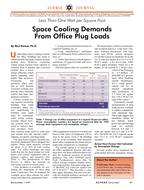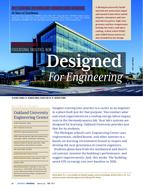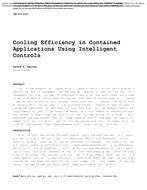The purpose of this paper is to provide a quantitative over-all description of the differences in humidity ratio and enthalpy that are associated with the new extreme weather specifications presented in the 1997 ASHRAE Handbook–Fundamentals as compared to the traditional weather data specification. Differences between the new specifications and the traditional specification are presented for the 0.4% annual frequency of occurrence data. The effect of population distribution and the 2.0% annual frequency of occurrence are examined. Both specifications result in an increase in the total enthalpy for most locations. For 85%-86% percent of locations, this increase was in the range of 0-4 Btu/lbm da (0-9.3 kJ/kg). For 11% of locations, the dew-point specification results in a lower enthalpy than the traditional dry-bulb specification. For 47% of all locations, the dew-point specification results in a humidity ratio more than 30 grains/lbm da (4.3 g/kg) higher than that of the dry-bulb specification.
Units: Dual
Citation: ASHRAE Transactions, vol. 107, pt. 1
Product Details
- Published:
- 2001
- Number of Pages:
- 6
- File Size:
- 1 file , 470 KB
- Product Code(s):
- D-7127


